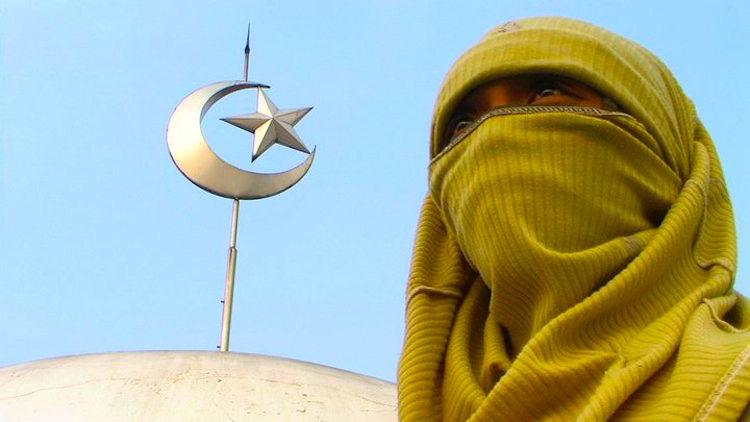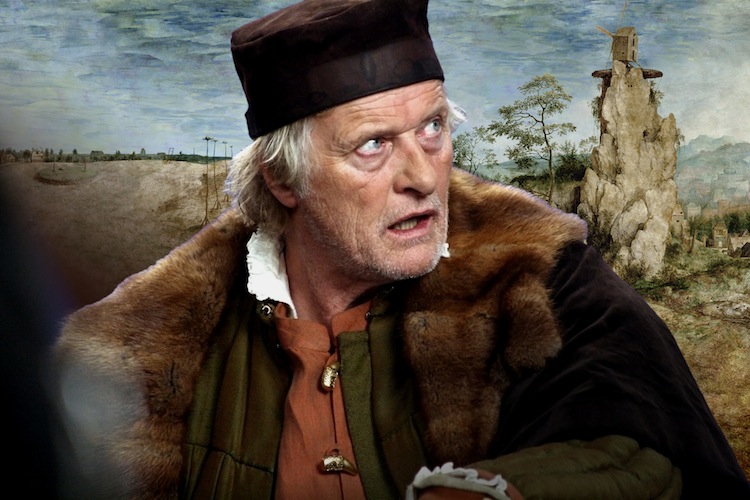By Joe Bendel. The most populous Muslim nation is not in the Middle East, it is Indonesia. A Christian like Rumidjah Shamshudin can often find herself on the outside looking in, even within her own family. Still, she remains a strong matriarchal figure in Leonard Retel Helmrich’s Position Among the Stars, his third documentary chronicling the Shamshudin family, which won the Special Grand Jury Award for Documentary Film at the recently wrapped 2011 Sundance Film Festival, making Helmrich the first two-time Sundance and IDFA award winner.
As a documentarian, Helmrich comes out of the Wiseman observational school rather than the Moore-Spurlock self-aggrandizing tradition. He gives us what in this case could be termed a roach-on-the-wall view of the Shamshudin family’s daily struggles in the booming but not necessarily progressive majority-Muslim nation. The matriarch has hopes for something better—not for herself, but for her granddaughter Tari who will soon graduate from high school. She is determined to enroll Tari in college, but her son Bakti (Tari’s guardian) only sees the considerable cost involved. In fact, Rumidjah is not too pleased with her under-achieving son for a number of reasons, including his mistreatment of his wife Sri, the only reliable breadwinner in the family.

Position is a film that takes its time, letting its dramas evolve naturally while viewers patiently watch. Though it can be a bit slow at times, Helmrich captures some truly eye-opening scenes, like the aftermath of the municipal neighborhood roach spraying, which you really have to see to believe.
In a way, the Shamshudins are a microcosm of Indonesia, requiring a scorecard to track their religious affiliations. In fact, Rumidjah, A Christian convert, seems to be the only one in the family who takes faith seriously. By contrast, Muslim conversion seems like a matter of convenience for some. Still, Muslim son Dwi appears genuinely angry when she takes his son Bagus to Catholic mass.
Though billed as the third (and therefore concluding) installment of Helmrich’s trilogy, it is difficult to predict whether the future will favor the Shamshudins. Frankly, life is just too messy to end on a neatly pat note, especially in Jakarta. Instead of closure, Helmrich gives viewers a visceral sense of life in Jakarta’s slums and a fair taste of the countryside as well. He has an eye for weirdly telling interludes that help pull viewers through Position’s more workaday scenes. It is an intriguing and ultimately ambiguous look at the slum-level reality for a nation still in flux, and a film that continued to rack up festival acclaim at this year’s Sundance.
Posted on January 31st, 2011 at 10:15am.

